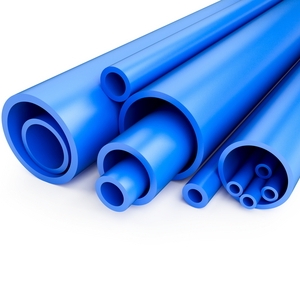 |
 |
E-News Update October 2010 |
LEAD FEATURE |
K2010 NEWS |
COMPANY NEWS |
MATERIALS NEWS |
MACHINERY NEWS |
EXHIBITION NEWS |
RUBBER JOURNAL ASIA |
INJECTION MOULDING ASIA |
Materials News
Conductive plastics making headway
 |
C
onductive plastic materials with high electrical conductivity promise to revolutionise a wide range of products including TV displays, solar cells and biomedical sensors, according to researchers at US-based McGill University that now have the ability to visualise and study the process of energy transport along one single conductive polymer molecule at a time."We may easily study energy transport in a cable as thick as a hair, but imagine studying this process in a single polymer molecule, whose thickness is one-millionth of that!" said lead researcher Dr Gonzalo Cosa.
The team used state-of-the-art optical and electron microscopes and were able to entrap the polymer molecules into vesicles - tiny sacs smaller than a human body cell. The researchers visualised their ability to transport energy in various conformations.
"This research is novel because we are able to look at energy transport in individual polymer molecules rather than obtaining measurements arising from a collection of billions of them. It's like looking at the characteristics of a single person rather than having to rely on census data for the entire world population," Cosa explains.
Conductive polymers are long organic molecules typically referred to as nanowires. Components along the polymer backbone successfully pass energy between each other when the polymer is collapsed (coiled within itself), but the process is slowed down when the polymer backbone is extended. "A greater understanding of how this process works will enable us to develop a range of technologies in the future," added Cosa.
The studies are critical to applications in daily life such as sensors involving the detection and the differentiation of cells, pathogens and toxins. They may also help in the future to develop hybrid organic-inorganic light harvesting materials for solar cells.
